What Do We Mean When We Say ‘Islamic Drama’?
The term Islamic drama has recently gained wide reception and influence across the Muslim world, emerging as a new paradigm of theatrical and cinematic expression where the content, plot, and performance actively promote Islamic values and cultural forms. By integrating Islamic teachings and ethos into the six fundamental elements of drama—plot, character, thought, diction, music, and spectacle—this genre has achieved unprecedented popularity and circulation.
Advocates of Islamic drama present it as a platform to represent the true message of Islam and as an advanced model of daʿwah (propagation) on a global scale. By creatively employing modern media technologies, it seeks to reconstruct dominant narratives about Islam in ways that resonate with contemporary audiences. The global prominence of this term owes much to influential Turkish drama series such as Diriliş: Ertuğrul (2014–2019), Kuruluş Osman (2019–), and Payitaht: Abdülhamid (2017–2021), as well as to Indonesian and Malaysian daʿwah films produced since the late 20th century.
Yet, this evolving genre raises critical questions regarding its legitimacy in the light of Islamic law. Can a television series that employs fictional narratives, features female actors, and incorporates background music—while drawing on Islamic history—rightly be described as ‘Islamic’? This article explores the issue through the framework of Maqāṣid al-Sharīʿah (the higher objectives of Islamic law), drawing on both classical jurisprudence and contemporary scholarship. Using this lens, it evaluates whether Islamic drama—particularly Diriliş: Ertuğrul—upholds or undermines the foundational principles of Islam.
Legitimacy and the Framework of Sharīʿah
Islamic law regulates not only personal rituals but also public, cultural, and social practices. At its core, it aims to safeguard and advance the collective well-being of individuals and communities. In the classical framework, any act—even those not explicitly mentioned in the primary sources—must be evaluated through the higher objectives of Islamic law, known as Maqāṣid al-Sharīʿah.
Classical scholars such as Imām al-Ghazālī and Ibn ʿĀshūr identified five essentials (ḍarūriyyāt):
- Ḥifẓ al-Dīn – Protection of religion
- Ḥifẓ al-Nafs – Protection of life
- Ḥifẓ al-ʿAql – Protection of intellect
- Ḥifẓ al-Nasl – Protection of lineage
- Ḥifẓ al-Māl – Protection of property
These essentials are reinforced by complementary (ḥājiyyāt) and enhancing (taḥsīniyyāt) objectives that cultivate ethical conduct, justice, and human dignity.
As Jasser Auda (2008) has argued, Maqāṣid al-Sharīʿah offers a systems-based methodology for interpreting and applying Islamic law to new contexts, including domains such as art, culture, and media. Within this framework, the critical question is not whether a specific practice existed in classical jurisprudence, but whether it supports or undermines these overarching objectives.
This perspective allows for the evaluation of Islamic drama not by a narrow focus on literal prohibitions, but by its broader impact on values, ethics, and community well-being.
Diriliş: Ertuğrul and the Revival of Islamic Ethics
Diriliş: Ertuğrul dramatises the life of Ertuğrul Gazi, father of Osman I, the founder of the Ottoman Empire. Though fictionalised, the series is imbued with Islamic values, highlighting ethical decision-making, justice, and reliance on God.
Illustrations of Maqāṣid al-Sharīʿah in the Series
- Ḥifẓ al-Dīn (Protection of religion): Characters consistently invoke God, perform prayer, and seek counsel from religious figures such as Ibn ʿArabī, the renowned Sufi scholar. The narrative underscores monotheism and the defence of faith against oppression.
- Ḥifẓ al-Nafs (Protection of life): Although battle scenes are central, the series distinguishes between just war and wanton violence. Muslims are portrayed as protectors of the innocent, even amid conflict.
- Ḥifẓ al-ʿAql (Protection of intellect): Wisdom and reflection are strongly emphasised. Leaders are shown valuing knowledge, consultation, and strategic thinking over rash action.
- Ḥifẓ al-Nasl (Protection of lineage): Family and kinship ties are upheld, with the sanctity of marriage, parenthood, and tribal solidarity presented as essential to communal survival.
- Ḥifẓ al-Māl (Protection of property): Economic ethics are foregrounded through scenes condemning corruption and injustice, while encouraging honesty and fairness in trade.
By weaving these elements into its narrative, the series can be read as supporting Maqāṣid-based ethics rather than undermining them. Nevertheless, it remains a subject of debate and criticism, especially concerning its methods of dramatization and certain cultural liberties.
Points of Critique and Counterpoints
- Inclusion of Female Actors
Some critics argue that female participation in drama risks immodesty or unnecessary distraction. However, in Diriliş: Ertuğrul, women such as Halime Sultan and Hayme Hatun are portrayed with dignity, strength, and agency. They contribute to tribal leadership, commerce, and moral guidance, reflecting the Maqāṣid principle of preserving karāmah (human dignity). - Use of Music and Visual Effects
Scholarly opinions on music in Islam remain diverse. While certain jurists prohibit it categorically, others, including Yusuf al-Qaradawi, permit non-sensual music when used for noble purposes. In the series, music is restrained and free from vulgarity or sensuality, serving mainly to heighten emotional engagement. This could be understood as aligning with the taḥsīnī (embellishing) objectives of Sharīʿah, where beauty and refinement are employed in the service of religious storytelling. - Historical Fictionalisation
Not all events depicted in Diriliş are historically accurate. Yet dramatisation functions here as a moral vehicle. Islamic pedagogy has long made use of parables (amthāl) and allegorical narratives (qiṣaṣ al-anbiyāʾ). The critical measure is not literal accuracy but whether the narrative inspires virtue or vice. - Portrayal of Non-Muslims
A further critique is the tendency to depict Muslims as heroes and non-Muslims as villains, resulting in a simplistic binary. While this is evident, the series does introduce nuanced figures such as Maria and Tekfur Vasilius. Still, future productions could enrich their moral impact by presenting more balanced portrayals that reflect the diversity and complexity of historical realities.
The Role of Intent and Impact
Islamic jurisprudence places strong emphasis on niyyah (intention) and maṣlaḥah (benefit). As Kamali (2008) observes, actions are to be judged not only by their outward form but also by their consequences.
If Islamic dramas such as Diriliş: Ertuğrul succeed in strengthening faith, educating audiences about Islamic history, countering Islamophobia, and promoting ethical behaviour, then their overall benefit may outweigh specific concerns. This reflects the essence of a Maqāṣid-oriented evaluation: does the medium serve the higher objectives of Islam?
Conclusion
Islamic drama has emerged as a significant innovation within contemporary Islamic discourse. While questions over artistic representation and legal permissibility remain, approaching such productions through the lens of Maqāṣid al-Sharīʿah provides a principled and relevant framework.
Diriliş: Ertuğrul, despite its imperfections, largely supports the objectives of Islamic law by highlighting religious devotion, intellectual growth, moral virtue, and social justice. Rather than dismissing such works outright, it is crucial for scholars, producers, and audiences to engage collaboratively, ensuring that these dramas remain both culturally impactful and theologically sound.
As the media landscape continues to evolve, the Muslim ummah must engage critically yet constructively, transforming art into a vehicle for revival, reform, and revelation.
About the author:
Jeherul Bhuyan is an undergraduate student at Gauhati University, Assam. He is currently conducting research on resistance literature and identity assertion movements, with special reference to the Miya
References:
- Auda, J. (2008). Maqāṣid al-Sharīʿah: A Beginner’s Guide. International Institute of Islamic Thought (IIIT).
- Auda, J. (2008). Maqāṣid al-Sharīʿah as Philosophy of Islamic Law: A Systems Approach. International Institute of Islamic Thought (IIIT).
- Kamali, M. H. (2008). Maqāṣid al-Sharīʿah Made Simple. International Institute of Islamic Thought (IIIT).
- Ibn ʿĀshūr, M. al-Ṭ. (1998). Treatise on Maqāṣid al-Sharīʿah.
- Duguri, U. S., & Salleh, M. A. (2021). The application of Maqāṣid al-Sharīʿah in the foreign policy of Islamic states.
- Chelkowski, P. (1980). Islam in modern drama and theatre. Die Welt des Islams.
- Mehfooz, M., & Syed, A. S. (2020). The development of science and technology in the Muslim world: Past and present issues with possible resolutions.
- Betti, M. J. (2015). An Introduction to Drama.
Disclaimer
The views expressed in this article are the author’s own and do not necessarily mirror Islamonweb’s editorial stance.

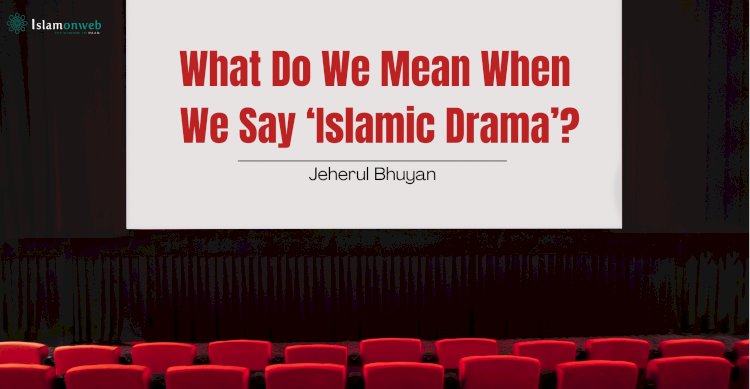



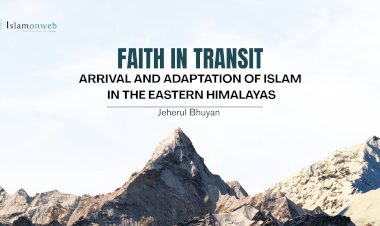
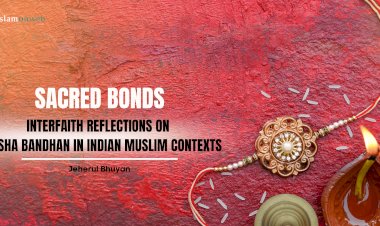
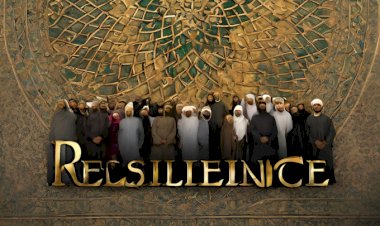

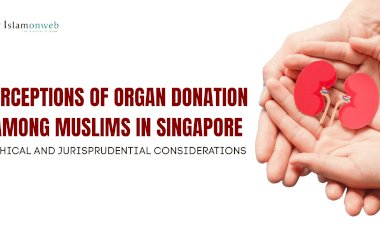












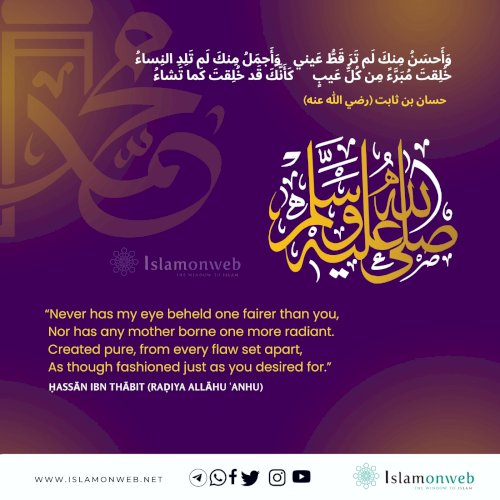
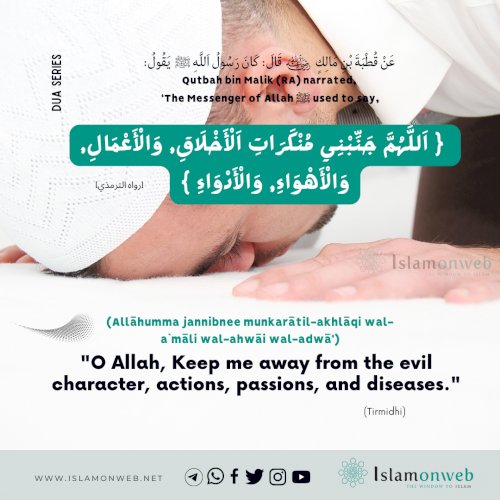
Leave A Comment